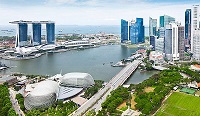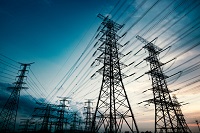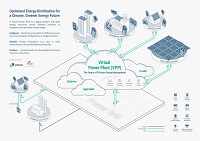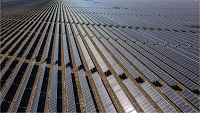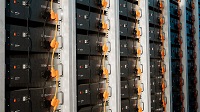- About EMA
- Our Energy Story
- Consumer Information
- Regulations & Licences
- News & Events
- Partnerships
About EMA
Who We Are
Learn about EMA’s leadership, milestones and accomplishments.
Join Us
Explore the career, scholarship and internship opportunities available in EMA.
Our Energy Story
Overview
Learn how the Singapore Energy Story charts the path to a net-zero future.
Energy Supply
Gain insights into the Four Switches powering Singapore towards a cleaner energy future.
Energy Demand
Discover ways to enhance energy efficiency and lower your carbon footprint.
Energy Grid
Explore how EMA ensures a reliable and secure energy supply for everyone.
Energy Market Landscape
Learn about the intricacies of Singapore’s energy market structure and operations.
Consumer Information
Electricity
Get tips on buying electricity and protecting your family from electrical hazards.
Gas
Learn about purchasing gas and safeguarding your family against gas hazards.
Solar
Access information on installing solar panels at your home and selling excess electricity to the national grid.
Regulations & Licences
Regulations
Stay up-to-date with the latest regulations, policies and frameworks governing the energy sector.
Licences
Learn about the licences that EMA issues to different stakeholders in the energy sector.
Regulatory Publications
Read about the Codes of Practice and Circulars that EMA publishes to regulate the energy sector.
Partnerships
Calls for Proposal
Collaborate with EMA in co-creating innovative solutions for the energy sector.
Consultations
Give your comments and feedback on EMA’s policies and regulations.
R&D Engagements
Discover how EMA works with stakeholders to catalyse new and innovative digital technologies.
Talent Development
Learn about EMA’s efforts in nurturing talent and cultivate interest in the energy sector.
eSERVICES
Get quick access to EMA’s services for application of worker licences, scholarships and more.
Government officials will NEVER ask you to transfer money or disclose bank log-in details over a phone call. Call the 24/7 ScamShield Helpline at 1799 if unsure. For more information on how to protect yourself against scams, please visit www.scamshield.gov.sg.
Electricity prices in Singapore are impacted by developments that happen around the world as we rely mainly on imported sources to produce electricity.
Factors Influencing Prices
As a resource-constrained country, Singapore relies on imported natural gas for around 95% of our electricity supply. This means that energy developments around the world will impact our domestic electricity prices.
For instance, in the last quarter of 2021 and 2022, there were episodes of extreme volatility in the wholesale electricity market due to the spike in global fuel prices and disruptions in gas supply. As a result, electricity prices increased significantly especially for consumers who were buying at wholesale electricity prices.
Global energy markets remain volatile in view of geopolitical tensions and inflationary pressures. Together with factors such as higher electricity demand in Singapore, wholesale electricity prices may remain elevated.
Consumers who are purchasing electricity at wholesale electricity prices could pay significantly more for their electricity compared to those buying at the regulated tariff from SP Group or via a retail contract from an electricity retailer. Consumers are therefore encouraged to buy electricity from electricity retailers or the SP Group at the regulated tariff for greater price certainty.
Thus, over time, consumers who are signing up or renewing their retail contracts can continue to expect higher electricity rates than before. This reflects the higher cost of fuel and electricity generation, which other countries also face.
Stabilising the Energy Market
EMA has put in place the following measures such as the following to enhance Singapore's energy security and resilience:
- Institutionalised the setup of a Standby LNG facility (SLF), which generation companies (gencos) can draw from to generate electricity when their natural gas supplies are disrupted.
- Directed gencos to maintain sufficient fuel for power generation, based on their available power generation capacity for power generation. This is in addition to the existing requirement of having fuel reserves that gencos are required to maintain under their licences.
- EMA has also implemented the Temporary Price Cap (TPC) mechanism to address extreme price volatility in the Singapore Wholesale Electricity Market (SWEM). The mechanism acts as a “circuit breaker” that kicks in when there is significant and prolonged volatility in the SWEM. Once wholesale electricity price returns to normal levels, the TPC mechanism will be deactivated.
Please view the TPC parameters here. You can also visit this page to view the average monthly for the Uniform Singapore Energy Price statistics, or the Energy Market Company website for the half-hourly USEP prices.
